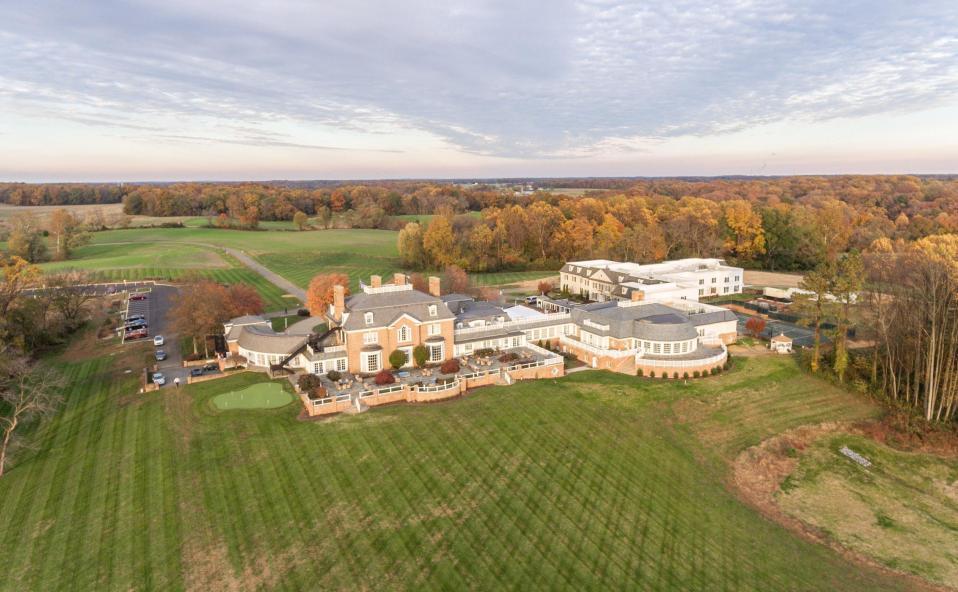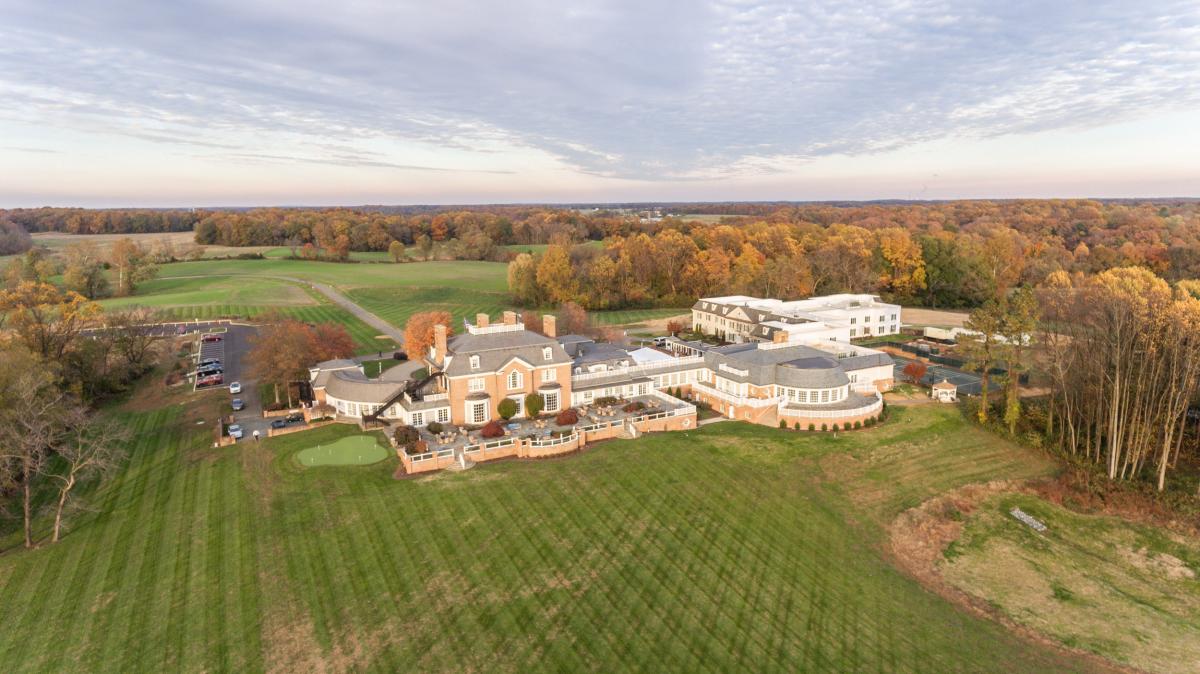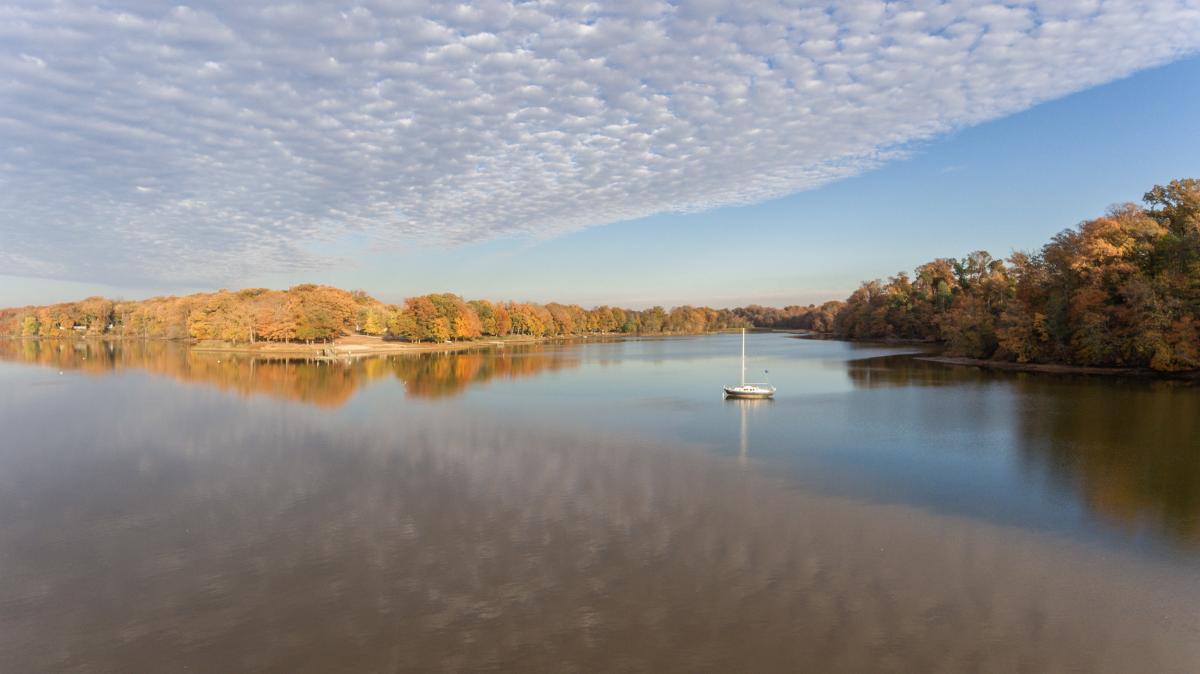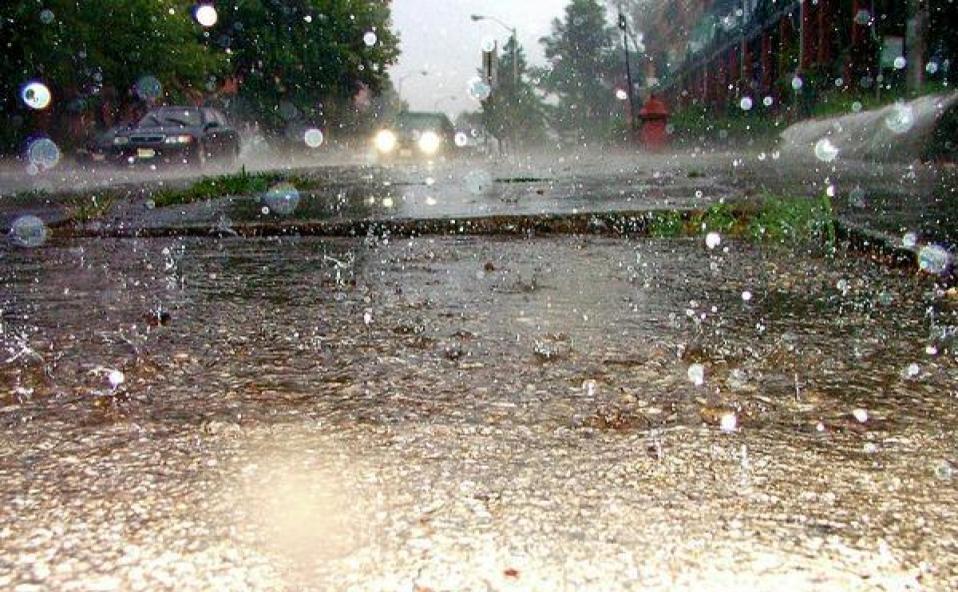The Eastern Shore Regional Trails Network has been selected by National Park Service – Rivers, Trails, and Conservation Assistance Program (NPS-RTCA) as a 2023 “community assistance project.” The designation means that this recently-formed, Shore-wide consortium of partners, led by Eastern Shore Land Conservancy, will receive support for one year in the form of invaluable, one-on-one expertise and technical support from knowledgeable National Park Service staff.
“The National Park Service Rivers, Trails, and Conservation Assistance Program (NPS-RTCA) is excited to partner with the Eastern Shore Land Conservancy (ESLC) and community partners to create a connected network for active transportation across Maryland’s Eastern Shore that supports safe places for people to walk, ride, roll, and explore nature,” stated Natalia Sanchez Hernandez, the NPS-RTCA expert supporting the initiative. “NPS-RTCA recognizes the need and strong community support to enhance multimodal transportation to encourage healthy living, provide safe access to close-to-home recreation and community amenities, and increase tourism and economic development for communities in Maryland’s Eastern Shore.”
The Eastern Shore Regional Trails Network partnership is a newly-formed group of community organizations working to connect with stakeholders, initiate the first new trails across the region, and build a regional trails coalition to serve as an advocating body for trail resources. This Wednesday, June 14th, ESLC will kick off the first planning meeting between the steering committee and National Parks Staff at the Eastern Shore Conservation Center. The meeting will include:
- Patti Stevens, Eastern Shore Representative for Maryland Bike and Pedestrian Advisory Committee and co-founder of Worcester Bike and Pedestrian Coalition
- Sue Simmons, former Director of Caroline County Recreation and Parks
- Kat Stork, Owner of Shore Strategies
- Jim Bogden, Chair of Chestertown Recreation Commission
- Joe Kelley, Bike and Pedestrian Coordinator
- Josh Hastings, Wicomico County Council
- Bob Zillig, Chair of Queen Anne’s County Bike and Pedestrian Advisory Committee
- Margaret Enloe-North, Interim Director Talbot Thrive
Owen Bailey, Chair of the Steering Committee for this project and Director of Land Use and Policy for Eastern Shore Land Conservancy, is thrilled about the future saying, “We are so grateful and excited for this new project to raise awareness and engage people across the Shore. And we can’t wait to hit the trail!”
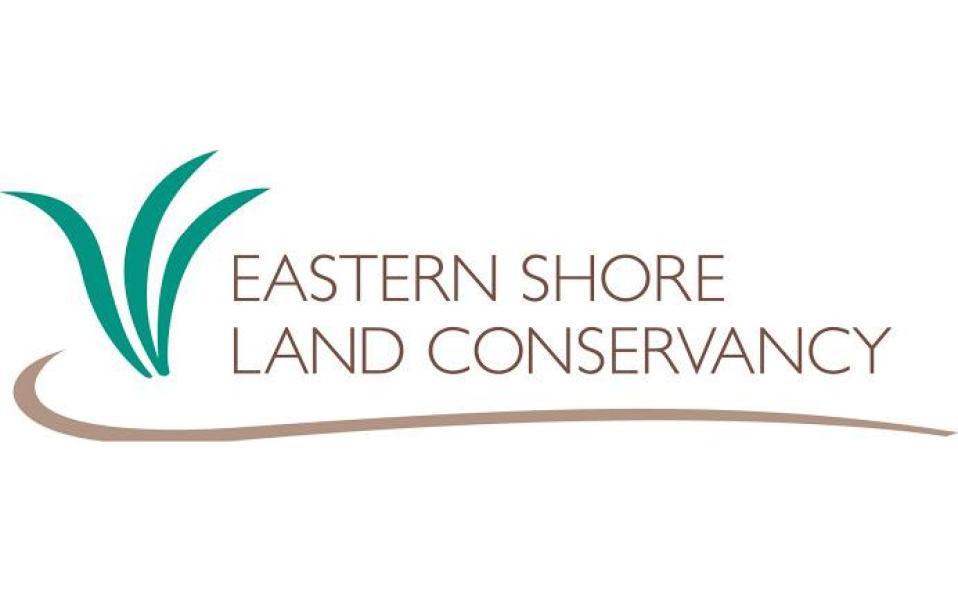


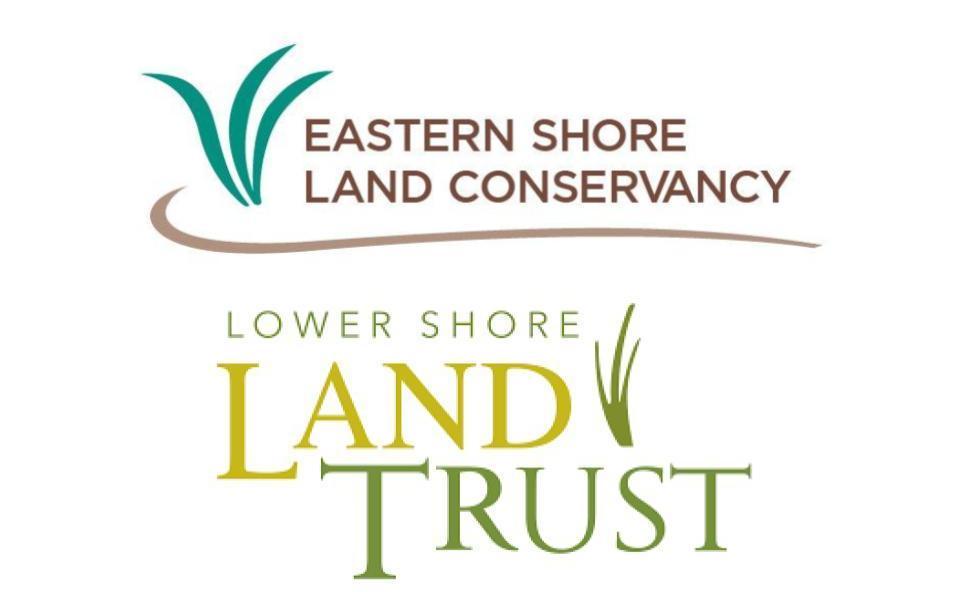
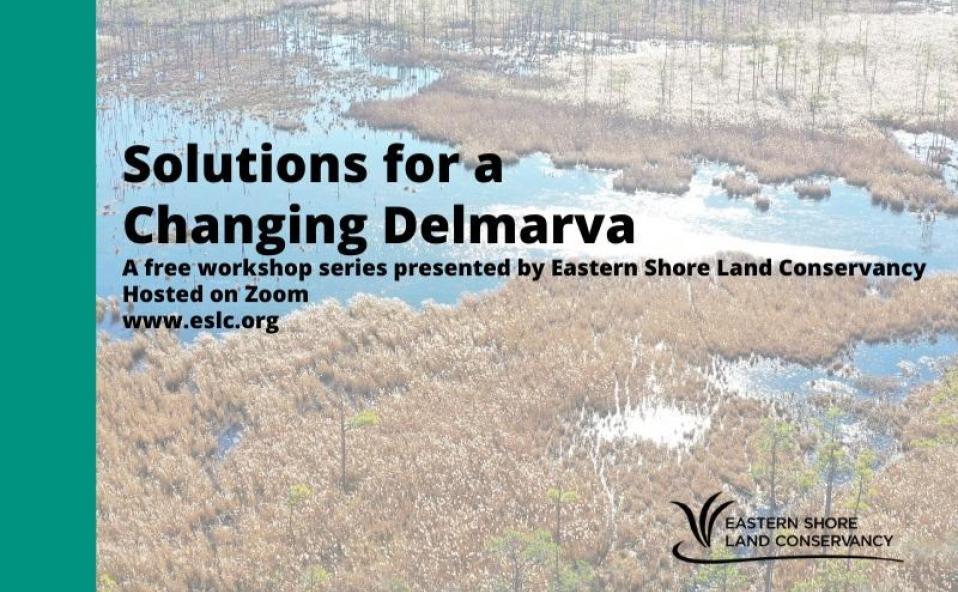
 The purpose of this project is to directly engage public and private audiences in order to build regional public support for climate adaptation solutions. The Eastern Shore of Maryland is the country’s third most vulnerable region to sea level rise, behind south Florida and Louisiana. Because of the threats of increased flooding, the loss of properties, and widespread ecological impacts, ESLC is working with communities to take action on these threats today.
The purpose of this project is to directly engage public and private audiences in order to build regional public support for climate adaptation solutions. The Eastern Shore of Maryland is the country’s third most vulnerable region to sea level rise, behind south Florida and Louisiana. Because of the threats of increased flooding, the loss of properties, and widespread ecological impacts, ESLC is working with communities to take action on these threats today.